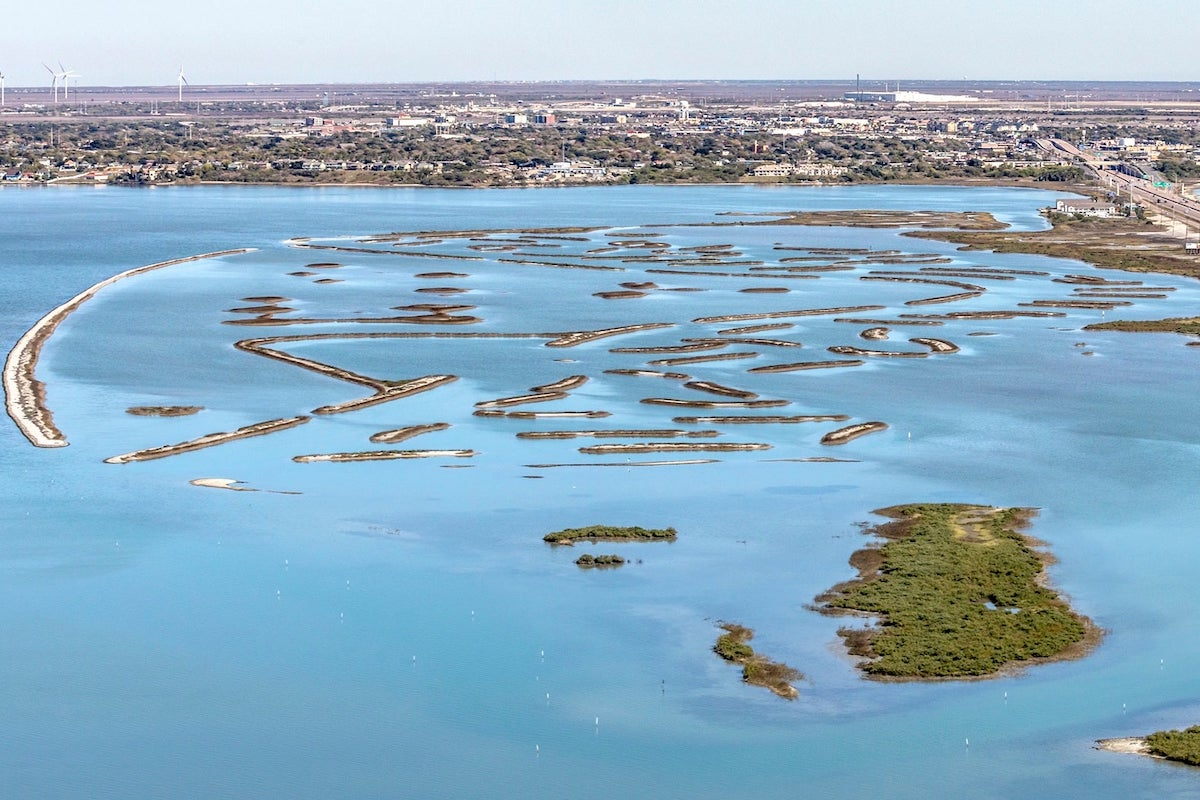The funding will go toward 83 projects that will improve access while providing safety enhancements and mobility options to schools, jobs, public transit, and local destinations. This historic investment in bicycle and pedestrian infrastructure is more than six times as much funding compared to the last Transportation Alternatives call for projects when it was $55 million in 2021.
“This is a major investment in communities across the state that will help make it safer and easier to get around on foot or a bike,” Texas Transportation Commissioner Robert “Robie” Vaughn said. “This optionality supports safety, active lifestyles, health, and wellness, and can provide alternatives to traveling by vehicle.”
Texas is seeing a rising trend of pedestrian and bicyclist fatalities. In 2022 there were 830 pedestrians and 92 bicyclists killed, and over the last five years both have risen nearly 30%. These projects will help improve safety for people walking, biking, or using wheelchairs, including 24 projects that will go in areas with a high pedestrian crash history.
“People who walk and bike make up about one out of every five deaths on roadways here in Texas,” Texas Transportation Commissioner Alvin New said. “These projects will help the state move closer toward the goal of zero deaths by giving people a place to walk and bike separate from traffic.”

| Your local Wirtgen America dealer |
|---|
| Kirby-Smith Machinery |
| Nueces Power Equipment |
Some of the projects approved include sidewalks connecting to schools and transit options, shared-use paths benefiting both pedestrians and cyclists, new pedestrian bridges, and 15 planning studies. All projects were selected after a competitive call for projects from cities and counties across the state.
The Transportation Alternatives program supports local projects that enhance bicycle and pedestrian amenities for people of all ages and levels of ability. These projects improve safe access to multimodal options and connect community destinations like schools, jobs, downtowns, commercial areas, and medical facilities for Texans who walk, use a wheelchair, or bike.






































































